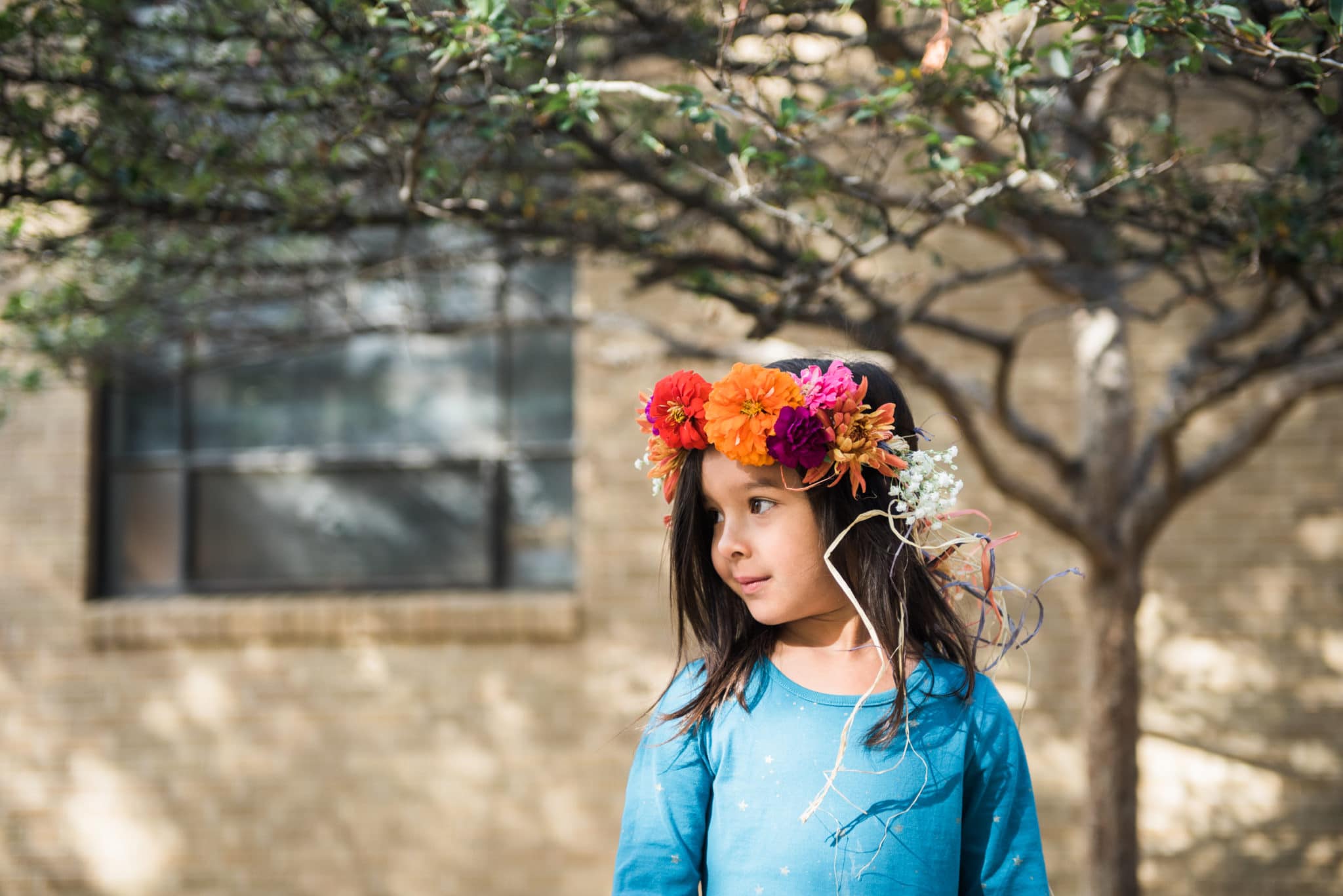
“Holding the question.” It’s a phrase you may hear from a Waldorf teacher. But what does this mean?
It’s about waiting to answer the question: who is this person? We ask and answer this question all the time — when we meet a new friend, when we meet a teacher, and when we gather as a family. We are constantly scanning the world around us and answering the question: who are all these people in and around my life?
In Waldorf schools, “holding the question” is especially important because the same main lesson teacher stays with a group of students from 1st through 8th grade. It’s tempting for that teacher to answer the question — “who is this student of mine?” — in the first few weeks of first grade.
The concern is, when a teacher answers the question “who is this person” too soon, that teacher limits the student-teacher relationship. Once defined, it’s difficult for the child to shake his or her label, and it’s difficult for the teacher to see that child with fresh eyes.
And that’s why the idea of holding the question is so important. It’s about allowing the child to show his parents, his teachers, his family, and his friends exactly who he is becoming, slowly and over time. It’s about being patient and resisting the urge — however well-intentioned — to define a child too soon.
We know that the temptation to answer the question is strong. We want to know: who is this precious child of ours? What makes him tick? Who will she grow into? All of our hopes and dreams are mashed up into this one question: who are you?
But, perhaps, we can give our children a great gift: holding the question. Perhaps we can let them show us who they are. Perhaps we can give them the space needed to emerge as their own unique individuals. We can enjoy and celebrate them for who they are today, and love them unconditionally as we journey alongside them.
Take an activity like watercolor painting. One young child may quickly spread all of the colors available at one time, watching them blend together as one. Another may pick one color at a time, slowly watching the colors interact and dance.
But what does that say about our kids? Does it have to say anything? We try to hold the question. They are both expressing themselves in their own ways. Their means of expression may change over time, but we hope their curiosity remains. We don’t want to define their artwork and unwittingly limit who we see them as and what they can become.
In a way, our children are the artists of their own lives. We can’t predict what they’ll paint. We’ll let them create something beautiful. And we’ll be there to share in the joy of their own unique journeys.
